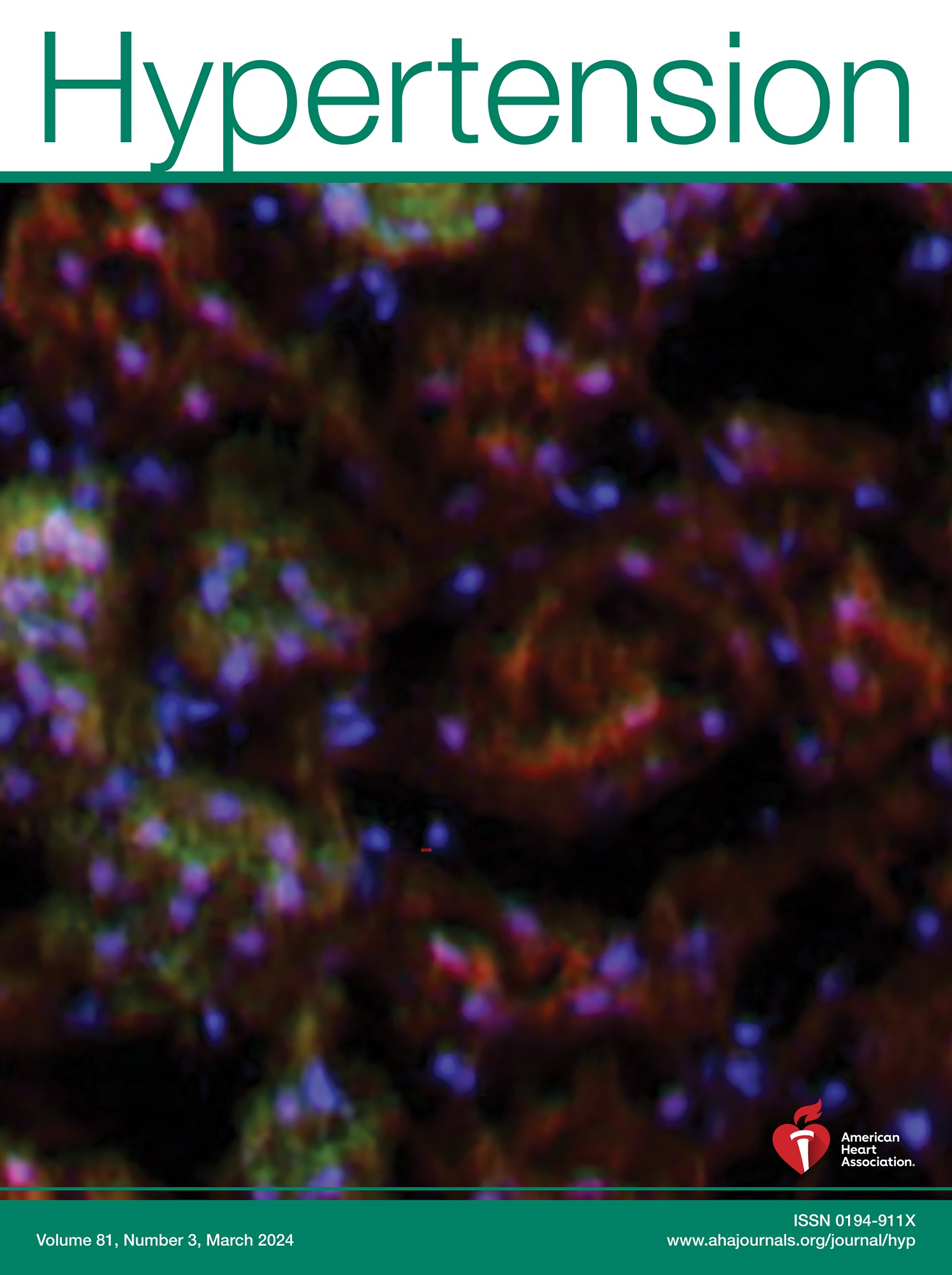PP2A Attenuates Thoracic Aneurysm and Dissection in Mouse Models of Marfan Syndrome.
IF 6.9
1区 医学
Q1 PERIPHERAL VASCULAR DISEASE
引用次数: 0
Abstract
BACKGROUND Recent studies show that hyperactivation of mTOR (mammalian target of rapamycin) signaling plays a causal role in the development of thoracic aortic aneurysm and dissection. Modulation of PP2A (protein phosphatase 2A) activity has been shown to be of significant therapeutic value. In light of the effects that PP2A can exert on the mTOR pathway, we hypothesized that PP2A activation by small-molecule activators of PP2A could mitigate AA progression in Marfan syndrome (MFS). METHODS Two distinct mouse models of MFS underwent daily oral administration of small-molecule activators of the PP2A compound DT-061 to assess its therapeutic potential. Echocardiography was performed to monitor the growth of the aortic root and ascending aorta. Histological evaluation was performed to assess alterations in the vascular wall. RNA-sequencing, Western blot, and immunostaining were performed to decipher the underlying mechanisms by which DT-061 suppresses AA progression. RESULTS PP2A activity decreased, while mTOR activity increased in both human and mouse aortas with MFS. Concordantly, oral administration of DT-061 increased PP2A activation, reducing aortic expansion in Marfan mice. DT-061 treatment also mitigated medial hypertrophy, elastin breakdown, and extracellular matrix deterioration in the ascending aorta, along with decreased metalloproteinase activities. Mechanistic studies suggest that DT-061 suppresses mTOR signaling and smooth muscle cell dedifferentiation, contributing to its effects on thoracic aortic aneurysm and dissection progression. CONCLUSIONS These studies demonstrate a pathological role of PP2A activity loss in the cause of MFS and implicate that activation of PP2A may serve as a novel therapeutic strategy to limit MFS progression, including aortic aneurysm formation.PP2A在马凡氏综合征小鼠模型中减轻胸动脉瘤和夹层。
最近的研究表明,mTOR(哺乳动物雷帕霉素靶点)信号的过度激活在胸主动脉瘤和夹层的发展中起着因果作用。PP2A(蛋白磷酸酶2A)活性的调节已被证明具有重要的治疗价值。鉴于PP2A对mTOR通路的影响,我们假设PP2A的小分子激活剂激活PP2A可以缓解马凡综合征(MFS)的AA进展。方法两种不同的MFS小鼠模型每天口服PP2A化合物DT-061的小分子激活剂,以评估其治疗潜力。超声心动图监测主动脉根和升主动脉的生长情况。进行组织学评估以评估血管壁的改变。通过rna测序、Western blot和免疫染色来破译DT-061抑制AA进展的潜在机制。结果MFS患者和小鼠主动脉spp2a活性降低,mTOR活性升高。与此同时,口服DT-061增加了PP2A的激活,减少了马凡小鼠的主动脉扩张。DT-061治疗也减轻了内侧肥大、弹性蛋白分解和升主动脉细胞外基质恶化,同时降低了金属蛋白酶活性。机制研究表明,DT-061抑制mTOR信号传导和平滑肌细胞去分化,有助于其对胸主动脉瘤和夹层进展的影响。这些研究证明了PP2A活性丧失在MFS病因中的病理作用,并暗示PP2A的激活可能作为一种新的治疗策略来限制MFS的进展,包括主动脉瘤的形成。
本文章由计算机程序翻译,如有差异,请以英文原文为准。
求助全文
约1分钟内获得全文
求助全文
来源期刊

Hypertension
医学-外周血管病
CiteScore
15.90
自引率
4.80%
发文量
1006
审稿时长
1 months
期刊介绍:
Hypertension presents top-tier articles on high blood pressure in each monthly release. These articles delve into basic science, clinical treatment, and prevention of hypertension and associated cardiovascular, metabolic, and renal conditions. Renowned for their lasting significance, these papers contribute to advancing our understanding and management of hypertension-related issues.
 求助内容:
求助内容: 应助结果提醒方式:
应助结果提醒方式:


